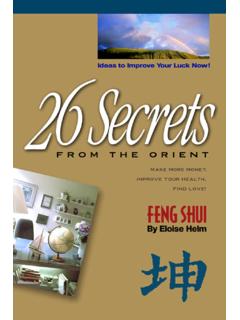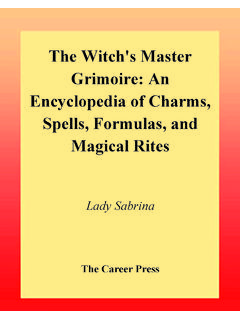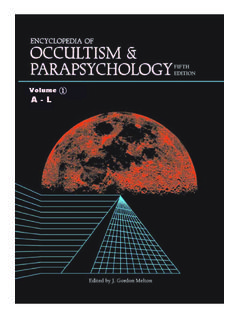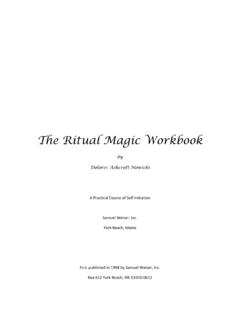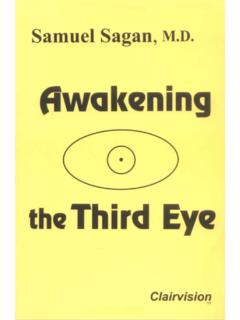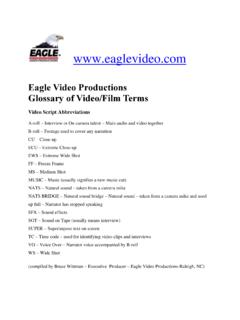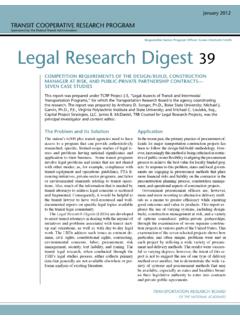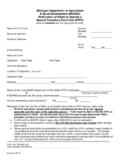Transcription of CHINESE MYTHOLOGY - Eso Garden
1 CHINESEMYTHOLOGYT itles in the MYTHOLOGY series:American Indian MythologyISBN 0-7660-1411-8 Celtic MythologyISBN 0-7660-1413-4 CHINESE MythologyISBN 0-7660-1412-6 Egyptian MythologyISBN 0-7660-1407-XGods and Goddessesin Greek MythologyISBN 0-7660-1408-8 Inuit MythologyISBN 0-7660-1559-9 Mayan and Aztec MythologyISBN 0-7660-1409-6 Roman MythologyISBN 0-7660-1558-0 Irene Dea CollierCHINESEMYTHOLOGYUMYTHOLOGY UFor Malcolm, Alina, Lora, and 2001 by Irene Dea CollierAll rights part of this book may be reproduced by any meanswithout the written permission of the of Congress Cataloging-in-Publication DataCollier, Irene MYTHOLOGY / Irene Dea cm.
2 ( MYTHOLOGY )Includes bibliographical references and 0-7660-1412-61. MYTHOLOGY , CHINESE Juvenile literature. [1. MYTHOLOGY , CHINESE .] I. Title. II. MYTHOLOGY (Berkeley Heights, )BL1825 .C64 2000299 .51 dc2100-042168 Printed in the United States of America10 9 8 7 6 5 4 3 2To Our Readers:We have done our best to make sure all Internet addresses inthis book were active and appropriate when we went to press. However, theauthor and the publisher have no control over and assume no liability for thematerial available on those Internet sites or on other Web sites they may link comments or suggestions can be sent by e-mail to to the address on the back and Illustrations by: William Sauts BockPreface.
3 7 Map of China ..81 Panku Creates the World .. 152 Nuwa Creates People .. 233 Fushi Teaches the People .. 314 Water War .. 425Yu Rebuilds the Earth .. 526 The Grand Archer Yi .. 637 The Moon Goddess .. 738 The Unicorn s Prophecy .. 849 Monkey .. 9510 The Pilgrimage .. 108 Glossary ..120 Chapter Notes ..122 Further Reading and Internet Addresses ..126 Index ..127 CONTENTSThe CHINESE heaven is filled with many images: mythicalrulers, religious gods and goddesses, historical beings,writers, poets, philosophers, dragons, phoenixes, tortoises,unicorns, rare birds, and flowering fruit trees.
4 Figures fromconflicting time periods, different religions, and opposingphilosophies appear and interact in CHINESE myths. Inmany CHINESE tales, there is no clear separation betweenthe mythical and the real, between heaven and earth,between history and early storytelling, between past andpresent. China is a mosaic of diverse groups and of multitudes oftraditions.. When we speak of CHINESE MYTHOLOGY weneed to be clear that it represents streams flowing together,running parallel, merging or diverging from many placesand from many different models of contain strong influences from CHINESE folkreligion, Confucianism, Taoism, and Buddhism.
5 Chinesefolk religion, the oldest of the four, pays homage toancestors who watch from afar and guide the lives of thosestill living on earth. In the fifth century , the philosopherConfucius introduced his ideas, which stressed fulfillingobligations and maintaining proper conduct. AlthoughConfucianism is not a religion, its influence is deeplyingrained in CHINESE ideas about behavior and 600 300 Taoism emerged. At first, it was aphilosophy that encouraged people to seek harmony withthe Tao, or the Way, a nature force. Later, it evolved into areligious system involving many gods, goddesses, spirits,ghosts, demons, magical powers, and the quest 67 Buddhism was introduced to China fromIndia.
6 It contributed two powerful religious and mythicalfigures: the Buddha, a real, historical person who laterbecame a divinity, and Kuan Yin, the goddess of mercy. Italso introduced the concept of reincarnation, the idea thata person may be reborn into another life. Myths might contain elements and characters from allof these sources, and for this book we have chosen storiesthat reflect their of the ancient myths are from the fabled era ofthe Ten Legendary Kings, a time before the dawn ofhistory. Thereafter, the historical period of CHINESE historyis divided into a series of dynasties until the year 1911, thebeginning of the period of modern government.
7 A dynastyis a succession of rulers, all from the same family. Eachdynasty was unique in its approach and each ruling family came into power in a period ofupheaval, the dates of each dynasty are only approximate,and are strongly debated by CHINESE scholars old and major dynasties and their dates are listed on page addition to the diversity of opinion regarding dates inChinese history, there are many systems for spelling thenames of the CHINESE dynasties and other CHINESE the interest of making this text easy for students of allnationalities to follow.
8 We have attempted to use theeasiest pronunciation for dynasties, names, and some cases, we have kept the traditional and familiartransliterations of CHINESE words that appear in olderbooks. In other cases, we have used the pinyinsystem,which has been promoted by the CHINESE governmentsince the 1970s. At that time, the government wanted tostandardize all foreign language translations using theMandarin dialect of CHINESE . In pinyin, the letter q ispronounced ch, the letter x is pronounced sh, and theChinese Mythology10 Preface11 Ten Legendary Kings2 After the CHINESE settled in the Yangtze Valley in 6500.
9 The CHINESE settled in the Yellow River Valley in 5000 ..BCEarly CHINESE stories refer to a mythical time ruled by the Ten LegendaryKings. These rulers are half-human, half-animal. They have magical powersand introduce knowledge to humans such as writing, agriculture, hunting, fire,and flood control. Although no archeological evidence exists to prove they reallylived, these kings dominated early CHINESE NungYen DiHuang Di(Yellow Emperor)Shao HaoKao YangYao Ti (Divine Yao)K uShunYu the Greatfire, hunting, trigrams, domesticationof , medicineoverthrown by his brother, Huang Di2697 , compass, calendar, coins2598 accomplishmentsuncertain accomplishmentsfather of eight famous sonsindeterminate timeindeterminate time2357 , canal building2317 , flood control, founder ofthe legendary Xia Dynasty,2005 1520, which has not yetbeen ruleName:Dates.
10 Known for: CHINESE Mythology12 Major Historical Dynasties3 ShangZhou [Joh]Qin [Chin]HanSix DynastiesSuiSongTangYuanMingQing [Ching]period ofmoderngovernmentHigh Bronze Age1523 , Confucius, great classics1027 along the Silk Road, art, science220 589disunity, Buddhism firmly established590 617 Great Canal618 906 Golden Age, literature, art960 1279landscape painting1280 1367 Mongol Dynasty: Genghis Khan1368 1643porcelain, public worksestablishment of the republicestablishment of the People s Republicof ChinaManchu Dynasty: disintegration1644 191119111949221 of books, Great Wall,bureaucracy, standardized measuresName:Dates:Known for:letters zh are pronounced j.


